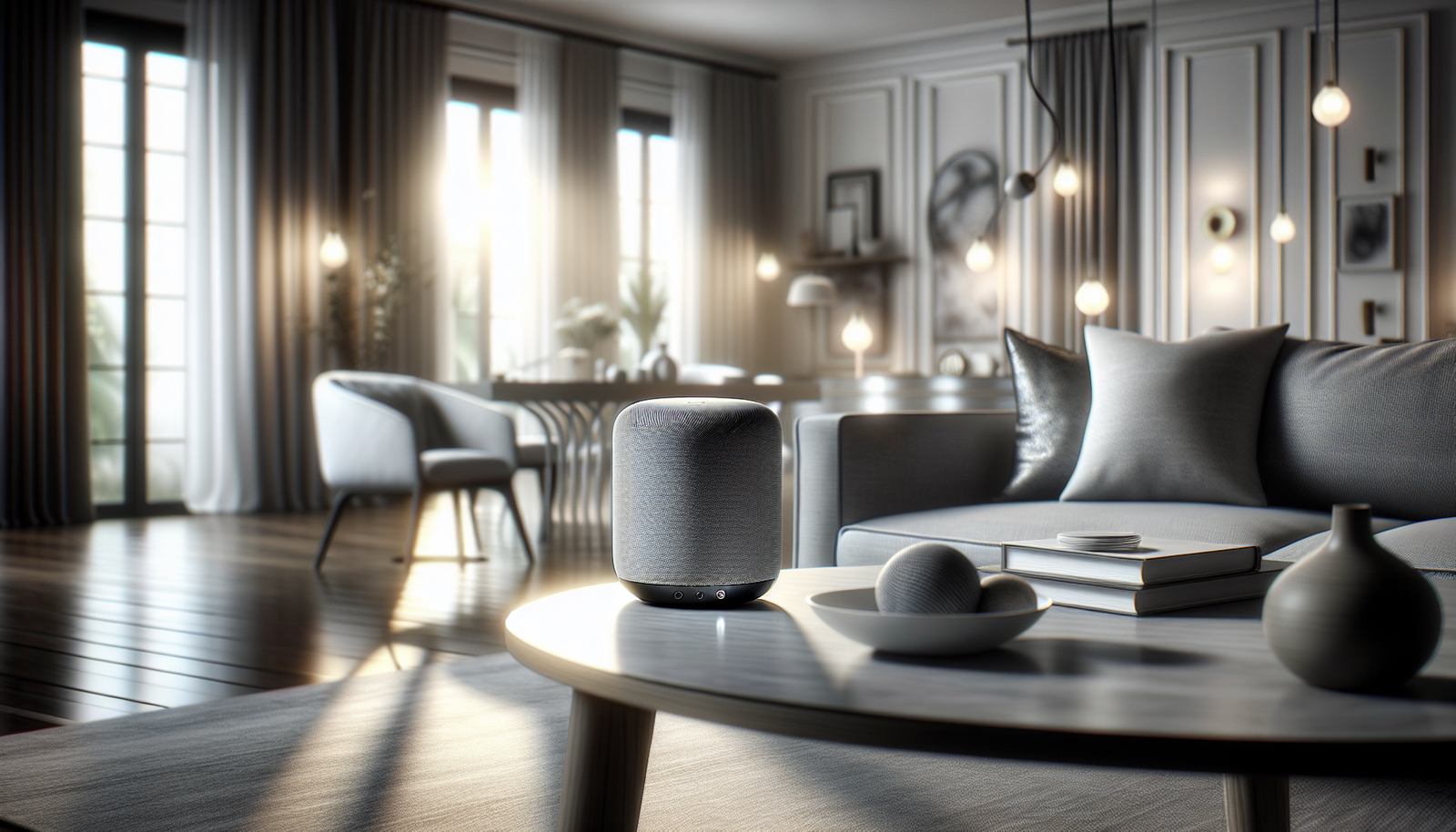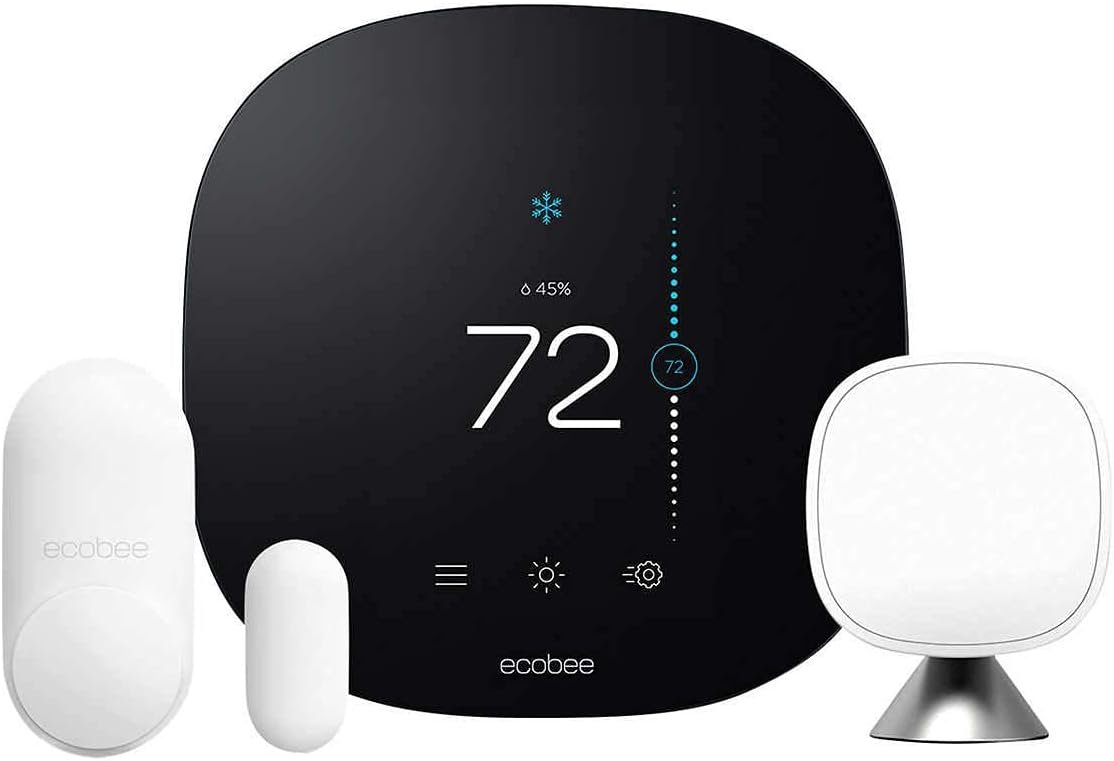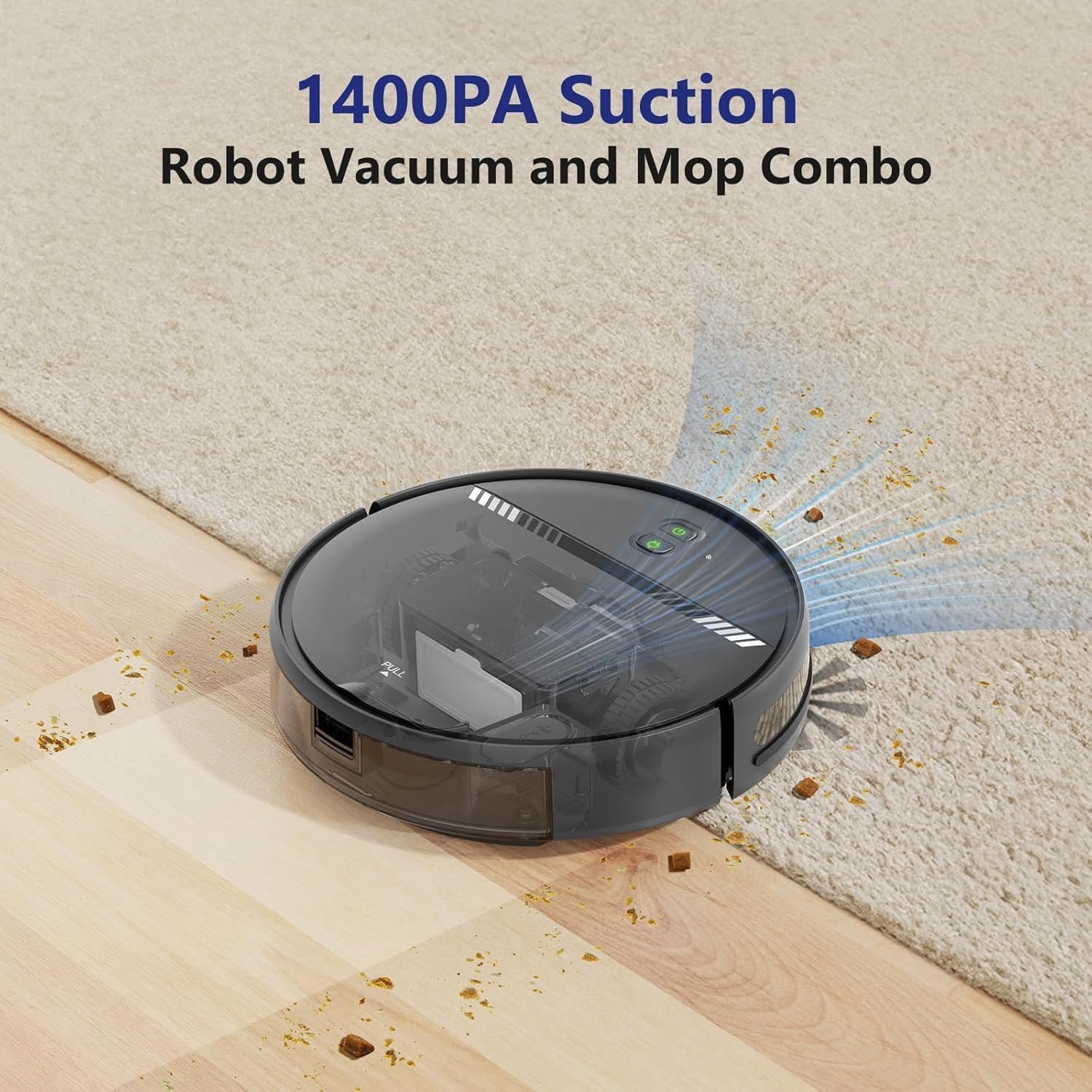Have you ever wondered what it would be like to control your home with the sound of your voice alone? Imagine walking into your house and having the ability to adjust your lighting, change the thermostat, or even start your coffee without lifting a finger. This isn’t science fiction; it’s the reality of a voice-activated smart home system.

Understanding Smart Home Technology
To embark on setting up a voice-activated smart home, it’s essential first to comprehend what makes a home “smart.” A smart home is equipped with a communication network that connects different devices, allowing them to exchange information and be controlled remotely. These devices are integrated with intelligent systems that learn your preferences over time, ultimately creating an efficient, convenient, and sometimes more economical living environment.
Components of a Smart Home System
Several key components form the backbone of any smart home:
- Smart Devices: These are the individual components—lights, thermostats, locks, cameras, etc.
- Smart Hub: This is the central point that connects your smart devices, enabling them to communicate with each other efficiently.
- Voice Assistants: Devices like Amazon Alexa, Google Assistant, or Apple’s Siri that allow vocal commands to control your smart home.
- Connectivity: Wi-Fi, Bluetooth, Zigbee, and other protocols that enable devices to communicate.
Evaluating the Cost and Value
Setting up a smart home can range from a few hundred to several thousand dollars, depending on the number of devices and the complexity of your setup. While the upfront investment might seem significant, consider the long-term savings and increased property value.
Cost Breakdown
Here’s a rough estimate of costs for a basic setup:
| Device | Cost Estimate |
|---|---|
| Smart Speakers (e.g., Alexa) | $50 – $130 |
| Smart Bulbs | $10 – $30 each |
| Smart Thermostat | $150 – $250 |
| Smart Locks | $100 – $300 |
| Smart Hub | $100 – $200 |
Return on Investment
Smart home devices often result in long-term financial savings and increased property value. For example, smart thermostats can reduce energy bills by intelligently adjusting heating and cooling based on your schedule. Moreover, smart security features can lower home insurance premiums.
Comparing Smart Home Solutions
With the myriad of smart home products available, choosing the right ones for your needs can be daunting. Here’s a comparison of some popular solutions:
Voice Assistants
- Amazon Alexa: Offers extensive third-party integrations and operates on many devices.
- Google Assistant: Known for its superior ability to understand natural language and context.
- Apple Siri: Integrates seamlessly with Apple devices and might be ideal for those invested in the Apple ecosystem.
Use Cases in Real Life
Consider a scenario where you wake up early in the morning. Your smart blinds automatically open, the thermostat adjusts to a warmer temperature, and your voice assistant begins recounting the day’s schedule while your coffee brews as if by magic. This interconnectedness is the hallmark of a smart home.
Practical Setup Guides
Setting up a smart home doesn’t require you to be tech-savvy. Here’s a step-by-step guide to help you begin your journey:
Step 1: Choosing a Voice Assistant
Decide on an ecosystem based on the ecosystem compatibility and personal device preference. Consider where most of your current devices lie—if you’re a Google user, Google Assistant may fit best.
Step 2: Invest in a Smart Hub
The hub acts as the brain of your smart home, linking all your devices to the network. Select one that supports a wide range of devices.
Step 3: Add Smart Lighting
Replace conventional bulbs with smart bulbs. They allow you to control brightness and colors through an app or voice commands, enhancing your home’s ambiance.
Step 4: Upgrade to a Smart Thermostat
Install a smart thermostat for more efficient climate control, often necessitating no more than connecting a few wires.
Step 5: Enhance Security with Smart Cameras and Locks
Secure your entrance with smart locks that offer keyless entry. Introduce cameras that provide remote viewing, alerting you to any unexpected movement.
Security and Privacy Factors
A primary concern with smart home technology is its impact on security and privacy. Here’s how you can mitigate potential risks:
Secure Your Network
Ensure your Wi-Fi network is encrypted and protected by a strong password. Avoid using public Wi-Fi networks to access your smart home devices.
Update Firmware Regularly
Manufacturers often release updates to patch security vulnerabilities. Ensure all devices are running the most recent firmware.
Be Mindful of Voice Data
Understand how your voice assistant processes and stores voice data. Familiarize yourself with your device’s privacy policy, and regularly delete voice recordings if an option.
Energy Efficiency and Sustainability
Smart home devices contribute to reducing energy consumption, promoting a more sustainable lifestyle.
Smart Thermostat Advantages
A smart thermostat learns your schedule and adjusts temperatures accordingly, avoiding unnecessary heating or cooling when you’re out—a straightforward way to cut down on energy bills.
Smart Lighting’s Role
LED smart bulbs use less power compared to traditional bulbs. They also let you set schedules (e.g., turning off all lights when leaving the house), further saving electricity.
Compatibility and Connectivity
One of the most crucial aspects of setting up a smart home is ensuring all devices are compatible and effectively communicate with each other.
Cross-Platform Support
Select devices that offer the best cross-platform support to ensure they work seamlessly with others—whether they are third-party products or from different manufacturers.
Network Protocols
Familiarize yourself with common protocols like Zigbee and Z-Wave. Knowing which protocol your devices use will guide you in selecting compatible devices and hubs.
Future-Proofing and Innovation
Smart home technology is rapidly advancing. Being aware of emerging trends will help future-proof your investment.
Trending Innovations
- Artificial Intelligence Enhancements: AI is refining the predictive capabilities of smart devices, making them more intuitive.
- Increased Automation: More devices will support IFTTT (If This Then That), allowing complex automation scenes across different devices.
- 5G Integration: Possibility of reduced latency and faster connectivity, broadening the scope and functionality of smart homes.
Preparing for the Future
To future-proof your smart home, regularly update devices and education about new technologies and trends, ensuring your smart home grows with your needs.
Conclusion
Setting up a voice-activated smart home opens up an unprecedented level of convenience, energy efficiency, and security. By understanding your needs and the options available, you can make informed decisions to create a home that works intelligently with your lifestyle. Embrace the complexity with simplicity, knowing each element synergizes to enhance your living experience. As technology evolves, your smart home can adapt, offering an enduring and forward-thinking solution for enhanced living.




